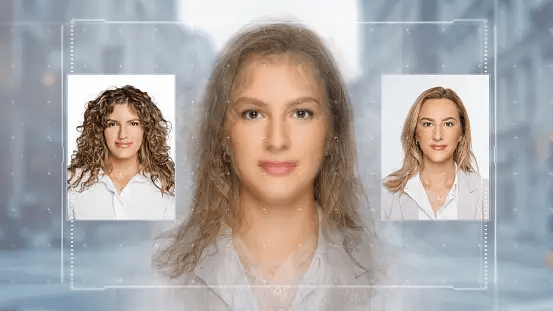Inside Quantum Technology’s “Inside Scoop:” Quantum Detection of AI-Generated Content

In recent years, the convergence of artificial intelligence (AI) and quantum computing has sparked considerable excitement among researchers, scientists, and businesses. Quantum computing’s exceptional computational power and AI’s data analysis capabilities present a promising alliance that can revolutionize industries. One particularly intriguing application is the use of quantum computing to detect AI-generated content within various media, such as writing, images, and other products. This innovation can potentially empower companies and organizations with enhanced tools to ensure authenticity, trust, and security in their content. This application could also help educational systems to encourage more individualized thinking and less reliance on AI technology for student learning.
The Rise of AI-Generated Content
AI has made remarkable strides in generating convincing content, from written articles and social media posts to images and videos. This proficiency has led to concerns surrounding misinformation, fake news, and even content manipulation. From deep fake videos of politicians to plagiarized essays, AI-generated content has been creating significant consequences for people determining if something is “real” or “human-made.” Distinguishing between content produced by humans and that created by AI has become increasingly challenging, raising the need for robust solutions.
As there are no structures currently to detect AI generation in different products, many companies, organizations, and individuals are working to develop these structures for future detection. Because of the rise in AI-generated content, thanks partly to software like ChatGPT, Bard, or DALLE, our society has become less trusting of news content but is still shocked when discovering it is fake news or a fake image. Having detection structures in place can not only regain public trust but help decrease the number of false stories and other products in circulation that could cause serious harm.
Quantum Computing’s Unique Capabilities
One possible method for detecting AI-generated content is through quantum computing. Quantum computing harnesses the principles of quantum mechanics to perform complex calculations that would be infeasible for classical computers. Quantum bits, or qubits, can exist in multiple states simultaneously, enabling quantum computers to solve problems exponentially faster than their classical counterparts. This suggests that quantum computing could be a perfect candidate for tackling the intricate challenge of detecting AI-generated content.
Detecting AI in Writing
Language is a fundamental communication tool, and the ability to detect AI-generated text is vital in maintaining the authenticity of information. Quantum computing can analyze patterns, linguistic nuances, and semantic structures that are beyond the reach of classical computing. By leveraging quantum algorithms like Grover’s algorithm, researchers can enhance the accuracy and efficiency of identifying AI-generated text, making it an invaluable resource for content verification. Ironically, companies like Originality.AI use Grover’s algorithm in an AI application to detect false news stories created with AI.
Unmasking AI in Images
Visual content plays a pivotal role in communication and marketing. Detecting AI-generated images is crucial in ensuring that digital visuals are trustworthy and credible. Quantum computing’s unparalleled processing capabilities can enable advanced image analysis, discerning minute discrepancies that arise from AI algorithms. Techniques like quantum pattern recognition can facilitate the identification of subtle features indicative of AI involvement, providing a powerful means of validation.
Moving Forward with AI-Generated Content
While experts have predicted that quantum computing and AI could benefit each other if integrated, few have spoken about whether quantum computing could be used to detect AI’s work in producing content across the internet.
Quantum computing’s potential to detect AI-generated content in writing, images, and other products opens up new horizons for industries seeking to maintain authenticity and trust in their communications. By harnessing the unique computational power of quantum computing, companies and organizations can pave the way for a future where misinformation is more easily identified and countered. As quantum technology continues to evolve, the collaboration between quantum computing and AI promises to transform industries and shape a more reliable and secure digital landscape.
Kenna Hughes-Castleberry is a staff writer at Inside Quantum Technology and the Science Communicator at JILA (a partnership between the University of Colorado Boulder and NIST). Her writing beats include deep tech, quantum computing, and AI. Her work has been featured in Scientific American, Discover Magazine, Ars Technica, and more.



















